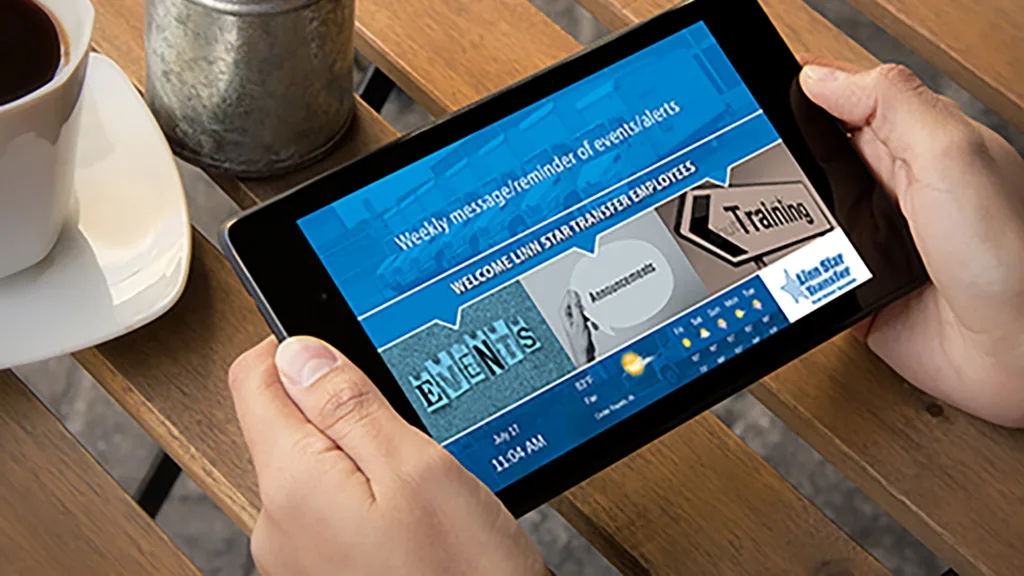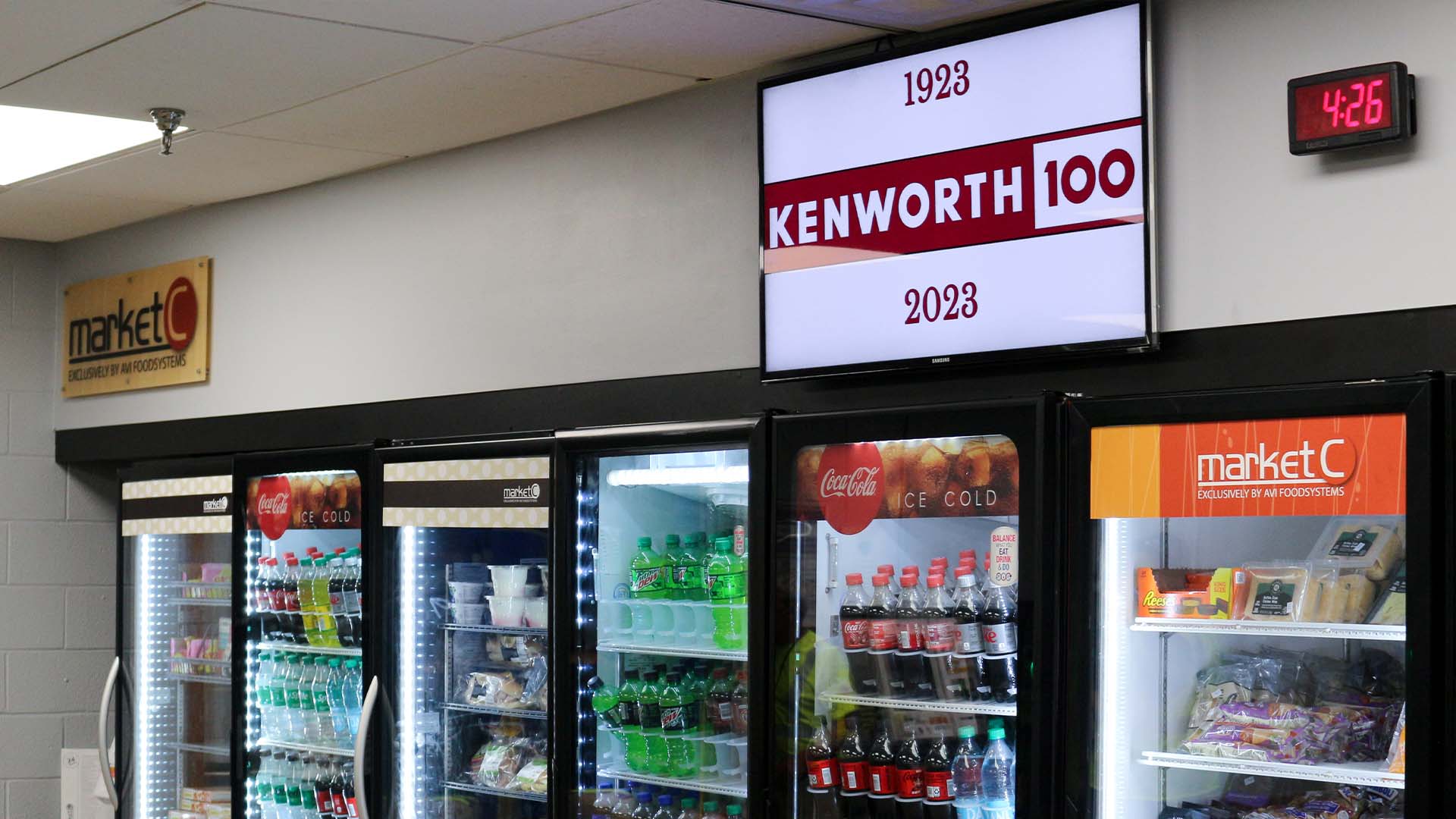
In today’s complex work environment, poor communication isn’t just an inconvenience—it’s a barrier to business success. It can lead to disengaged employees, low employee morale, and a disconnect from company goals. So, what’s the solution? A deliberate, modern employee communication strategy.
Internal communication refers to the way an organization shares information and builds culture among its entire workforce. An effective employee communication strategy is the roadmap that ensures this happens successfully. This guide will walk you through the best practices for creating a strategy that uses the right communication channels and employee communication tools to keep your team aligned, engaged, and inspired.
Why is Effective Employee Communication So Important?
Before diving into the “how,” let’s establish the “why.” A strong internal communication strategy is one of the most powerful drivers of a healthy organization. When you communicate effectively, you unlock significant benefits.
- It Boosts Employee Engagement: When employees feel heard and informed, their engagement and investment in their work skyrocket.
- It Improves the Employee Experience: Consistent communication from business leaders creates a stable and trustworthy environment, enhancing the overall employee experience.
- It Aligns the Entire Team: It ensures everyone is on the same page, from frontline workers to the C-suite, all working toward shared business outcomes.
- It Increases Customer Satisfaction: Engaged and informed employees provide better service, which directly impacts customer satisfaction.

Step 1: Audit Your Current Communications to Identify Pain Points
You can’t build a better strategy without understanding your starting point. The first step is to listen. You need to identify gaps and identify pain points in how your organization currently communicates.
- Use Employee Surveys: Deploy anonymous employee surveys to gather honest insights. Ask directly about communication effectiveness.
- Gather Employee Feedback: Use one-on-one meetings, group discussions, and digital feedback forms to understand the challenges faced by individual employees.
- Talk to Managers: Empower managers to share feedback from their teams. They are on the front lines and understand the day-to-day communication breakdowns.
Step 2: Define Your Employee Communication Goals
What does success look like? Your strategy needs clear, measurable employee communication goals. These goals should align directly with your broader business objectives.
- Goal Example 1: Increase employee engagement scores on the next annual survey by 15%.
- Goal Example 2: Ensure 90% of frontline workers feel informed about weekly company news and updates.
- Goal Example 3: Reduce employee turnover by addressing pain points identified in survey responses.
Step 3: Choose the Right Employee Communication Channels and Tools
A modern strategy requires using multiple communication channels to reach every employee where they are. Relying on one channel, like email, means many—especially remote workers and non-desk employees—will miss the message.
- Digital Signage: As a visual, dynamic centralized hub, digital signage is one of the most effective internal communication tools. It’s perfect for displaying key metrics, celebrating wins, reinforcing company culture, and deploying crisis communication alerts instantly.
- Intranet Platforms: A company intranet is ideal for housing documents, long-form announcements, and HR resources.
- Employee Communication Platforms: A dedicated employee app can push notifications and company news directly to employee devices.
- Collaboration Tools: Platforms like Slack and Teams are essential for project-based, real-time workplace communications.
- Video Conferencing Software: Crucial for training sessions and connecting with remote employees.
Step 4: Implement Best Practices for Successful Employee Communication
With your goals and channels defined, it’s time to execute.
Encourage Two-Way Communication
Top-down communication is not enough. You must encourage two-way communication to make employees feel valued. Use QR codes on digital signs to link to pulse surveys or feedback forms. This shows you’re not just talking at them; you’re listening.
Visualize Key Metrics and KPIs
Don’t just tell employees about goals; show them. Use digital dashboards to display real-time key performance indicators (KPIs). When teams can see their progress visually, they become more motivated and aligned with business outcomes.
Celebrate People to Boost Morale
Use your most visible channels—like digital signage—to celebrate wins, recognize achievements, and highlight work anniversaries. Public recognition is a powerful tool for boosting employee morale and reinforcing a positive company culture.

The Role of Modern Employee Communication Software
To execute an effective internal communication strategy, your comms team needs modern digital tools. Employee communication software like Arreya simplifies the entire process.
Arreya acts as a powerful platform that allows you to manage multiple channels from one place, scheduling content to screens across your entire organization in seconds. It empowers you to reach every single person, from the factory floor to the remote home office. It’s a critical component for any business leader serious about improving workplace communications.
Measuring Success and Refining Your Strategy
An effective employee communication strategy is a living process. Measuring success is essential for continuous improvement.
- Analyze Survey Responses: Track changes in feedback over time.
- Monitor Engagement: Check viewership on your intranet platforms and interaction with digital signage content.
- Track KPIs: Did you hit your goals? Did morale improve? Did you see a positive impact on your key business metrics?
By regularly reviewing this data, you can refine your communication strategies, address new employee needs, and ensure your internal comms remain a powerful asset for your business.


